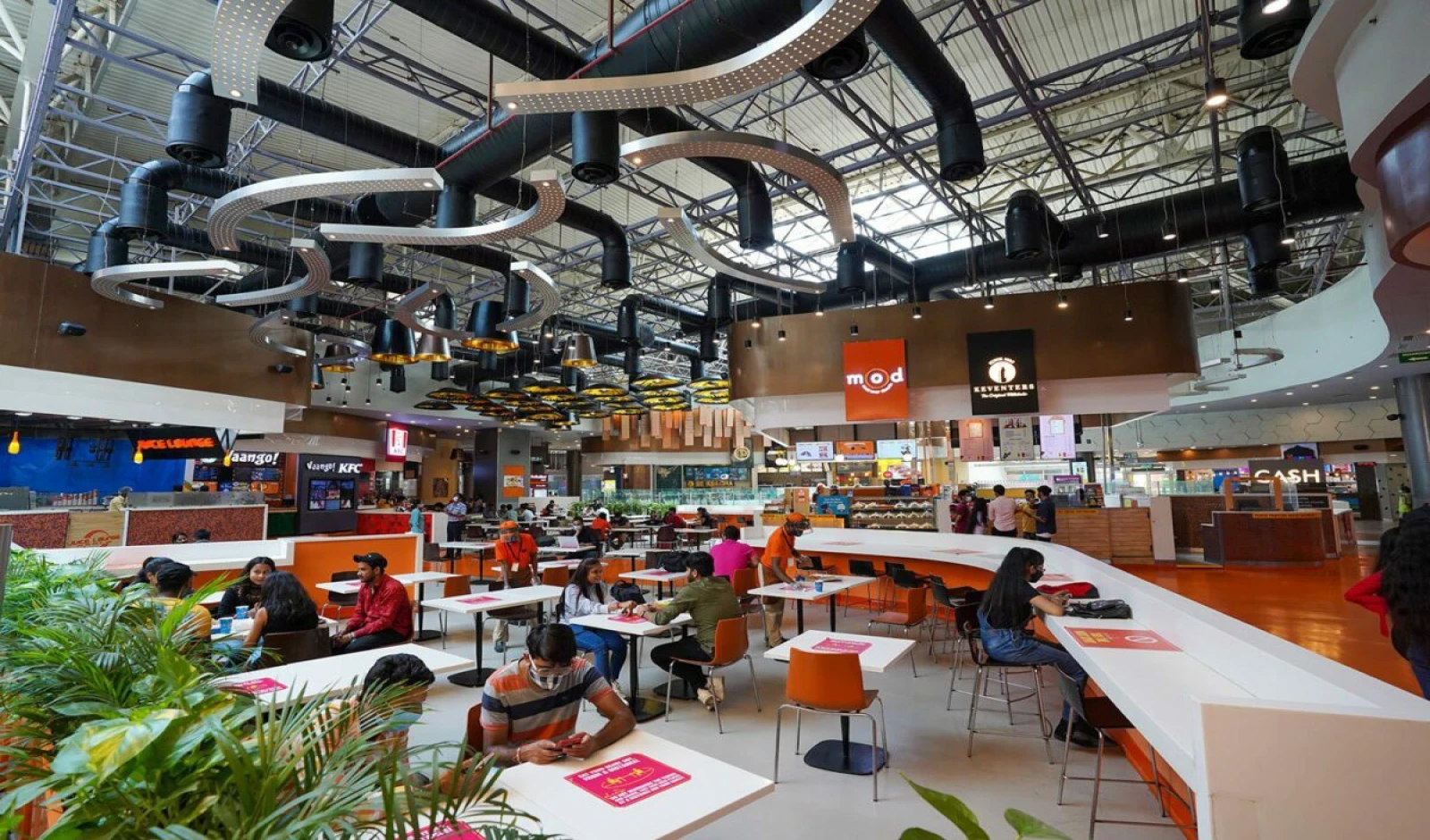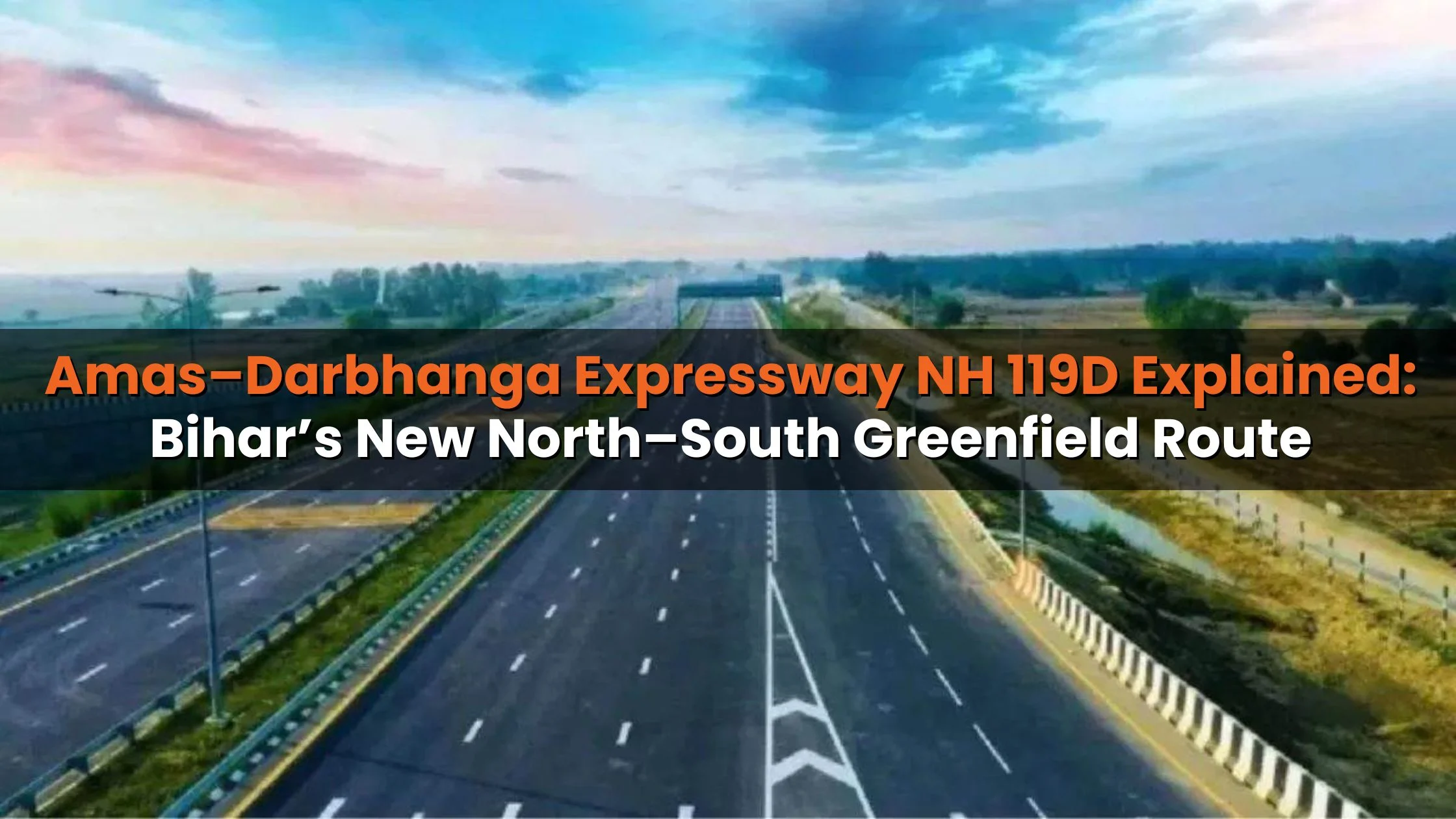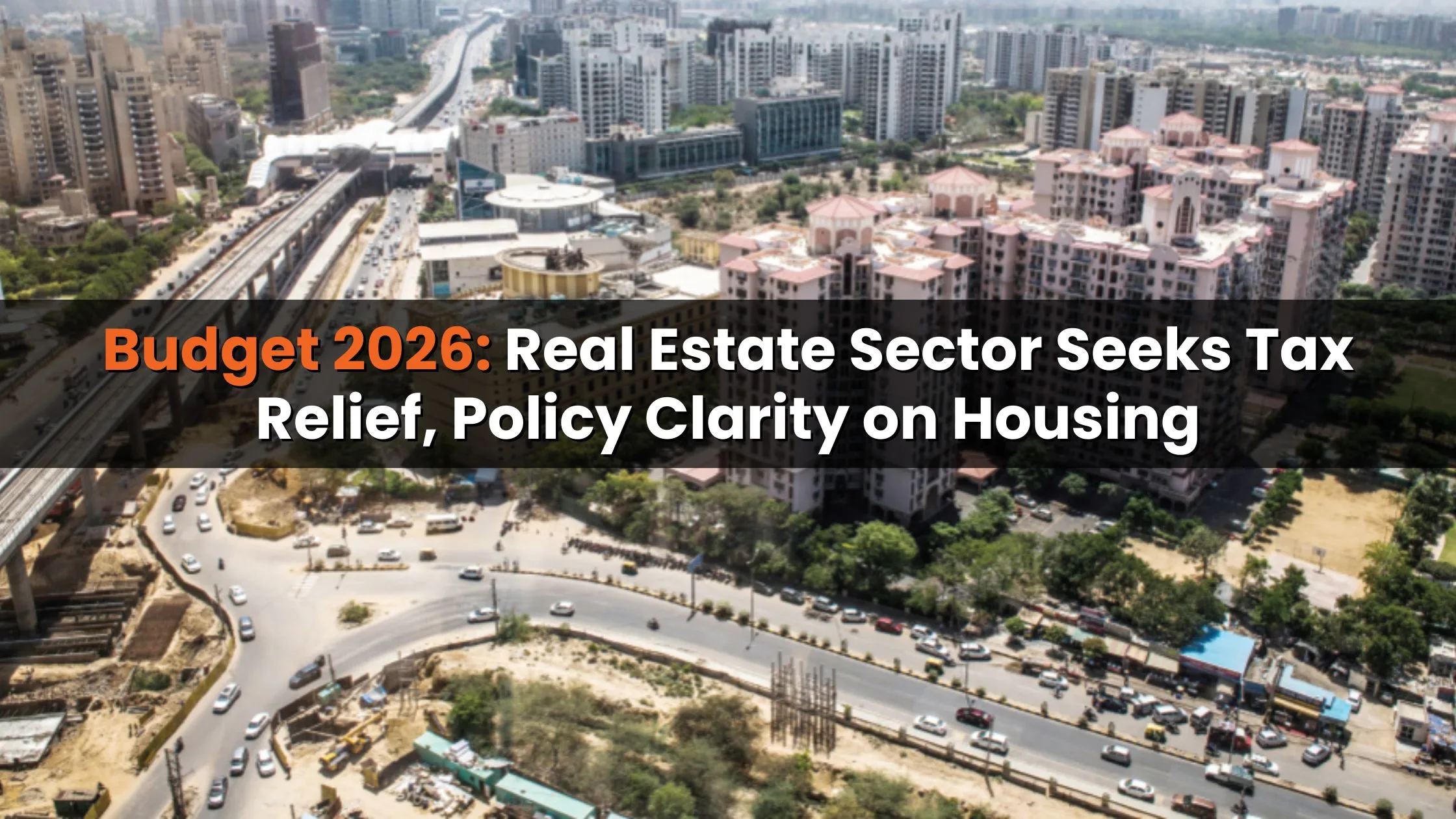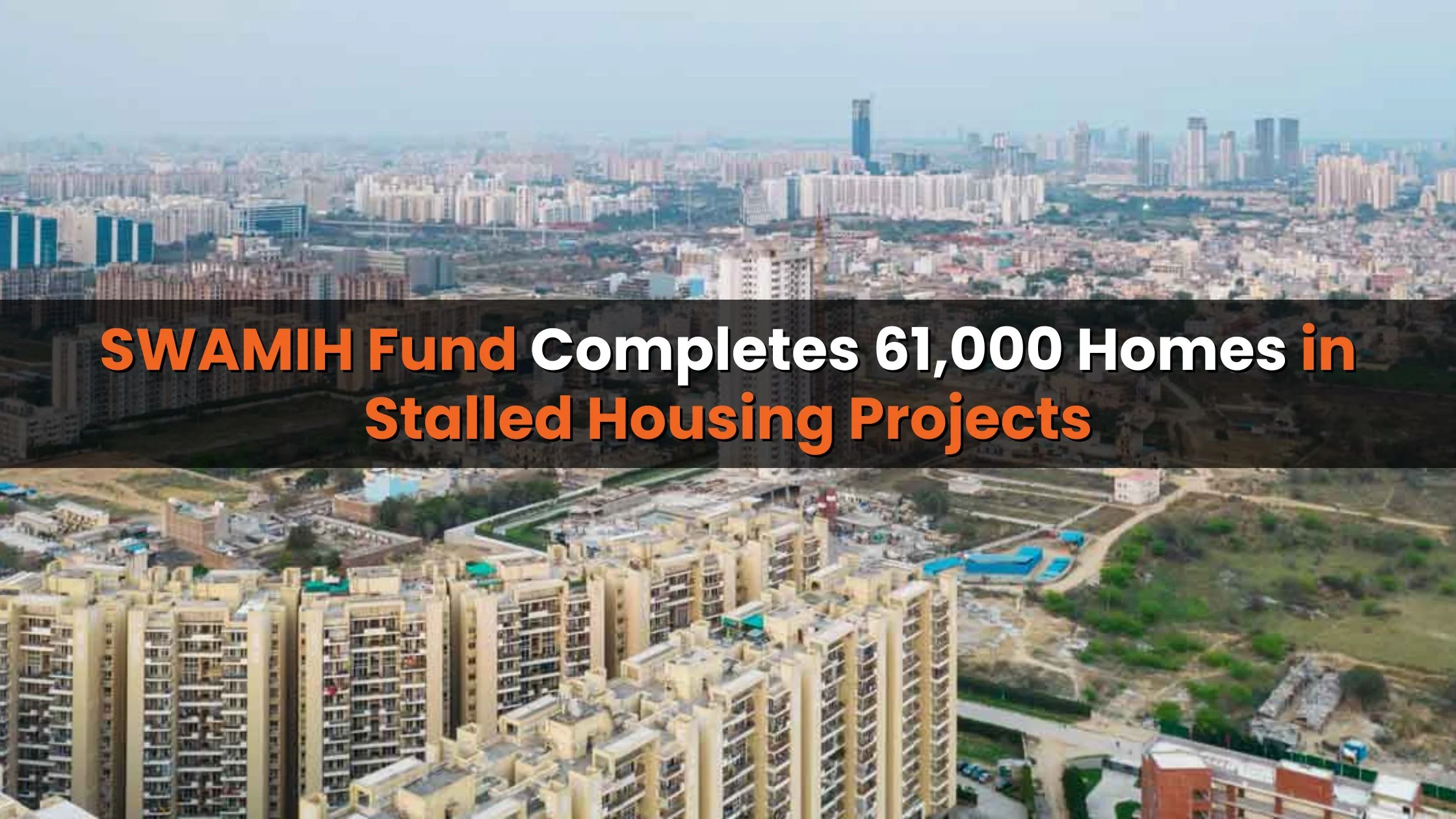Table of Content
In recent years, the Food and Beverage (F&B) sector has emerged as one of the strongest engines of retail leasing in India. Between 2023 and mid-2025, the segment accounted for nearly 4 million sq ft of leasing activity across the top seven cities. From high streets buzzing with new cafés to shopping malls reimagining their tenant mix, the F&B industry is redefining how Indian consumers interact with retail real estate.
What makes this growth remarkable is its forward momentum. Developers and global operators are betting big on the Indian market, with projections indicating nearly 6 million sq ft of new F&B retail space by 2028. This surge is expected to reshape retail destinations, boost footfall, and strengthen India’s position as one of the fastest-growing consumer markets in the world.
Bengaluru Leads India’s F&B Leasing Growth
Among all metros, Bengaluru stands tall as the country’s F&B leasing capital. The city accounts for nearly one-third of the total leasing volume, thanks to its young, tech-driven workforce and evolving dining culture.
Indiranagar, one of Bengaluru’s most vibrant high streets, has emerged as a preferred hub for restaurants, pubs, and cafés. The area reflects how experiential dining is becoming a lifestyle choice rather than just a necessity. For developers, Bengaluru’s dominance underlines a clear shift in retail leasing in India: the rise of urban hotspots where food and beverage outlets drive sustained foot traffic.
Also Read: Delhi Office Market Poised for 5 Million Sq Ft Supply Boost After 10 Years
Mumbai and Delhi NCR Among Top Performers
If Bengaluru is the leader, Mumbai and Delhi NCR form the other two pillars of India’s F&B retail story. Together, the three cities account for two-thirds of the national leasing activity.
- Delhi NCR: Interestingly, the region shows a unique consumer preference. Unlike Bengaluru’s high street dominance, Delhi NCR has witnessed stronger absorption in mall-based F&B formats. The rise of large-format malls in Gurgaon, Noida, and South Delhi has positioned them as lifestyle destinations, combining shopping, entertainment, and dining. Notably, 26% of the region’s leasing activity is driven by drinking establishments such as pubs and lounges.
- Mumbai: India’s financial capital continues to attract global brands setting up their first outlets in the country. From premium coffee chains to multi-cuisine fine dining experiences, Mumbai offers both scale and sophistication. For operators, the city is a launchpad into India’s wider retail ecosystem.
Together, these metros are setting benchmarks for retail leasing in India, where urban affluence and evolving lifestyles fuel strong demand for F&B spaces.
High Streets Dominate Over Malls
One of the most defining trends in the sector is the rise of high streets as F&B hotspots. According to industry data, nearly 54% of all F&B leasing in the past two years has taken place on high streets across major metros.
The reasons are clear:
- High streets provide organic expansion opportunities for operators.
- They allow greater visibility and accessibility for customers.
- They encourage a mix of local and global players in close proximity, boosting competition and innovation.
However, this does not mean malls are losing relevance. Developers are quick to adapt by dedicating up to 25% of space in upcoming destination malls exclusively for F&B. This dual strategy highlights how the sector is reshaping retail leasing in India, where high streets and malls coexist as complementary formats.
Developer Strategy and Future Supply
The rising appetite for experiential dining is compelling developers to rethink their leasing strategies. According to JLL projections, nearly 6 million sq ft of fresh F&B retail space is expected to be added by 2028 across India’s top seven cities.
Developers are not only expanding capacity but also curating spaces to maximize customer experience. From integrating craft breweries into malls to designing destination food courts, the goal is clear: make F&B the cornerstone of footfall generation. Industry experts expect this upcoming supply to be absorbed within 3–5 years, reflecting the sector’s resilience even amid global headwinds.
Role of Global Brands in F&B Expansion
The F&B leasing surge has also been powered by the entry of international operators. Since 2023, over 20 global F&B brands have entered the Indian market, a sign of growing investor confidence in the country’s consumption story.
- US-based brands dominate this expansion, introducing both quick-service and premium dining experiences.
- Delhi NCR and Mumbai have been the hotspots for these first-time entries, leveraging their cosmopolitan demographics.
- Multi-cuisine establishments continue to lead the market, accounting for nearly 41% of leasing activity.
This influx of international players not only diversifies dining options but also elevates the overall quality of retail leasing in India, pushing domestic players to innovate and compete.
Retail Leasing in India: Broader Growth Trends
While F&B has taken center stage, the overall retail leasing in India remains robust across categories. Over the past five years, nearly 18.6 million sq ft of new shopping mall space has been added across the top seven cities, bringing the total Grade A stock to 88.7 million sq ft.
Between 2023 and H1 2025 alone, retail leasing across segments recorded 22 million sq ft of absorption, reflecting strong consumer demand despite global economic uncertainties. Institutional investors have also poured in more than $2.5 billion across 22 deals, further strengthening the sector’s fundamentals.
This broader growth story reinforces the idea that F&B is not a standalone driver but a vital component of India’s retail ecosystem.
Also Read: Are Rising Real Estate Prices Pushing Middle-Class Indians Away from Homeownership?
Expert Insights on F&B’s Future Role
Industry leaders view F&B as more than just a supporting category it is fast becoming a cornerstone of retail leasing in India. According to JLL, the sector is undergoing a paradigm shift, where dining and lifestyle are integrated into the core of retail planning.
- Malls are increasingly designed as social hubs, anchored by food courts, fine dining, and themed restaurants.
- High streets are thriving as organic ecosystems, attracting a mix of domestic entrepreneurs and global operators.
- New categories such as craft breweries, fusion cafés, and gourmet delivery kitchens are broadening the retail real estate demand base.
This convergence of formats signals that F&B will remain central to India’s retail expansion story.
Conclusion
The Food and Beverage sector has fundamentally reshaped the landscape of retail leasing in India. With 4 million sq ft already absorbed in just two years and another 6 million sq ft expected by 2028, the sector shows no signs of slowing down.
Bengaluru, Mumbai, and Delhi NCR continue to dominate, but the growth is geographically diverse, extending to Chennai, Hyderabad, Kolkata, and Pune. High streets and malls are evolving in parallel, creating a balanced ecosystem for both operators and consumers.
For investors, developers, and global brands, the message is clear: India’s F&B sector is not just a growth story it is the future of retail leasing in India.









Ans 1. Because food and dining have evolved into lifestyle experiences, F&B outlets now drive high footfall, making them central to retail strategies.
Ans 2. Between 2023 and mid-2025, nearly 4 million sq ft was leased across the top seven cities.
Ans 3. Around 6 million sq ft of new F&B retail space is expected to be added by 2028.
Ans 4. Bengaluru is the leader, accounting for nearly one-third of leasing, driven by its young workforce and vibrant dining culture.
Ans 5. Mumbai attracts global brands as a launchpad, while Delhi NCR thrives on mall-based F&B formats with strong demand for pubs and lounges.
Ans 6. High streets dominate with about 54% of activity, though malls are dedicating more space to F&B to stay competitive.
Ans 7. Developers are curating spaces with food courts, breweries, and destination dining to make F&B the anchor for customer engagement.
Ans 8. Since 2023, over 20 international brands have entered, bringing diversity and raising the quality of India’s dining landscape.
Ans 9. It complements overall retail expansion, which has seen strong mall additions and over $2.5 billion in institutional investments.
Ans 10. F&B will remain a cornerstone, with high streets and malls coexisting as hubs for both global and domestic dining experiences.